Solar energy is energy from the sun. It’s the most renewable energy source, and it’s getting more popular. Solar panels work by converting sunlight into electricity. We use solar energy commonly for heating homes and businesses, powering electrical equipment, and generating power for grid-tied solar panel systems.
In this blog post, we’ll learn about solar energy system components and the electric meter records consumption and production, batteries store excess energy, and let solar panels work for you.
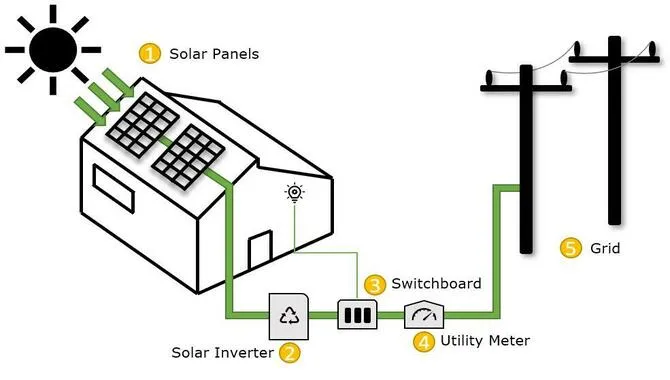
Contents
- 1 How Do Solar Panels Produce Electricity?
- 1.1 Step 1: Solar Panels Capture Solar Energy
- 1.2 Step 2: Solar Inverters Convert DC To AC
- 1.3 Step 3: Electrical Panel Distributes Electricity
- 1.4 Step 4: Electric Meter Records Consumption And Production
- 1.5 Step 5: Batteries Store Excess Energy
- 1.6 Step 6: The Grid Creates Electricity
- 1.7 Advantages Of Solar Energy
- 1.8 Disadvantages Of Solar Energy
- 1.9 Let Solar Panels Work For You
What Is Solar Energy?
Solar energy is the perfect option if you want to impact the environment and save money positively.
- Solar energy is the conversion of sunlight into usable electrical power.
- Solar panels convert the sun’s rays into electrons that can flow through an electric circuit and create electricity.
- Solar energy has many benefits, such as reducing your carbon footprint and saving money on your energy bill.
- Solar energy is becoming increasingly popular as it is a sustainable energy source that doesn’t rely on fossil fuels.
Solar Energy System Components
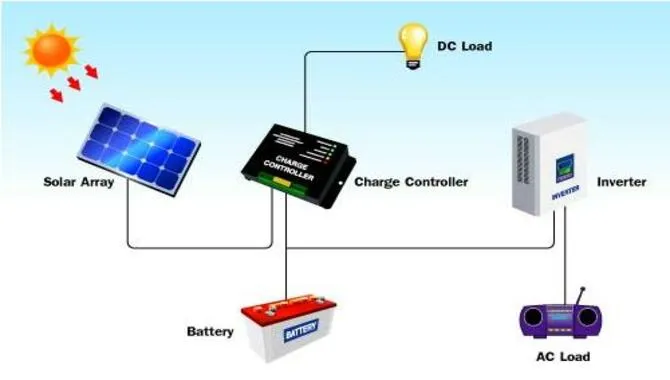
- Solar energy is the power that comes from the sun.
- Solar energy systems use different components to convert the sun’s energy into usable power.
- Solar panels are the most common component; they collect solar energy and convert it into electricity.
- Batteries store solar energy and make it available when needed; inverters change the direct current (DC) from solar panels into alternating current (AC).
- Finally, the electricity is delivered to your home or office. So, next time you consider installing solar panels, understand each component and its role in the solar energy system.
Solar Panel
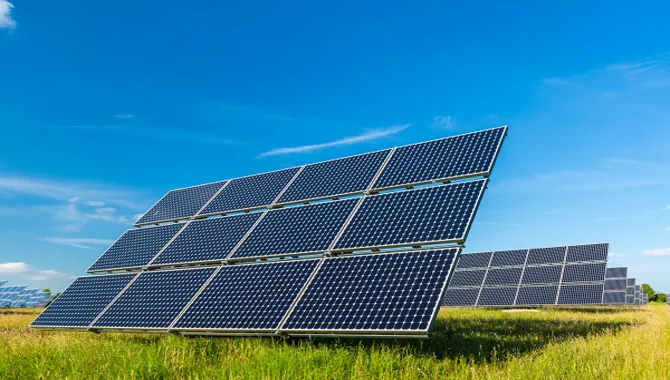
Solar energy is the power produced from the sun to power homes and businesses. Several parts of a solar energy system have their role in converting sunlight into electricity. The solar panel collects sunlight and converts it directly into DC.
The inverter then converts this current to alternating current (AC), which your home or business can use. The battery stores this AC energy, so you don’t have to rely on electricity from the grid when there’s an outage.
Solar Panel Mount
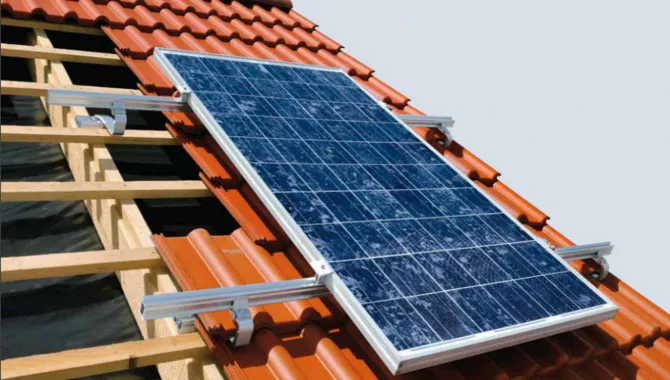
Solar panel mounts. It would help to consider many things before getting a solar panel mount. This includes the location of your house and how much sunlight your roof receives. And the type of solar panels best suited for your needs.
Once you have determined all these factors, it’s time to get a quote from an installer so that you can make an informed decision about installing a solar energy system. Once the installation is complete, check whether the mount is properly to avoid any potential problems. And lastly – enjoy free energy.
Charge Controller
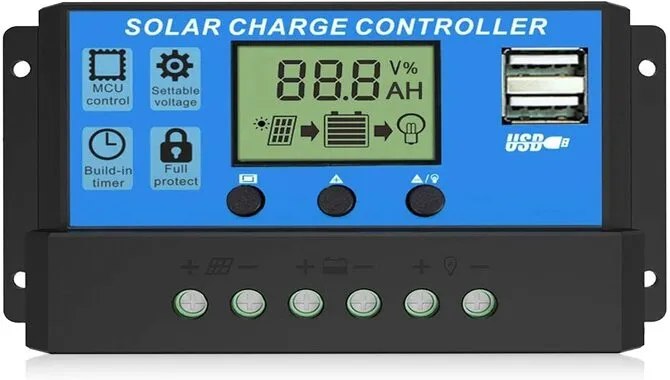
A charge controller is a vital component of any solar energy system. And you should install as soon as you build your solar panel installation. It helps to keep the solar panels working at their optimum level, regulating their output to avoid over-charging batteries or under-charging them.
Furthermore, it can also help in grid connection setup, ensuring enough power is available when you need it and preventing sudden fluctuations on the grid caused by excess energy production from your solar panels.
Inverter
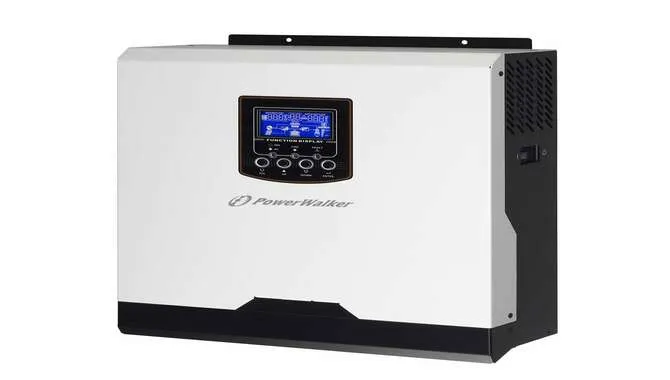
Inverters are a crucial part of the equation if you’re considering installing solar panels. An inverter converts electricity from solar panels into usable AC power that can use in your home or office. There are different types of inverters – PWM, SMA, SCR, etcetera.
Make sure you get the right one for your panel type and needs as a homeowner or business owner before buying it. Inverters work by turning the DC power from solar panels into alternating current (AC) power. You can plug that into an outlet or use it directly to power appliances like lights and fans.
Utility Meter
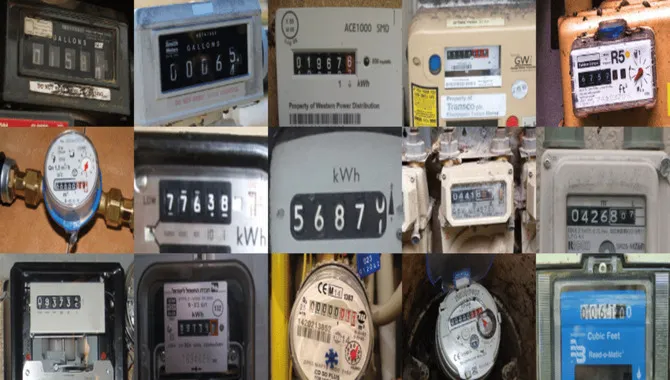
An inverter is a device that helps solar energy panels work optimally. It takes the DC power from the solar panels and converts it into AC power that your home or business can use. Inverters also regulate the power to ensure consistency, even when the sun isn’t shining.
You will need an electricity bill from your local utility company to calculate your system’s potential savings (PV). However, once you have this information, you’ll be able to see just how much money you’re potentially saving on your energy bills each month.
How Do Solar Panels Produce Electricity?
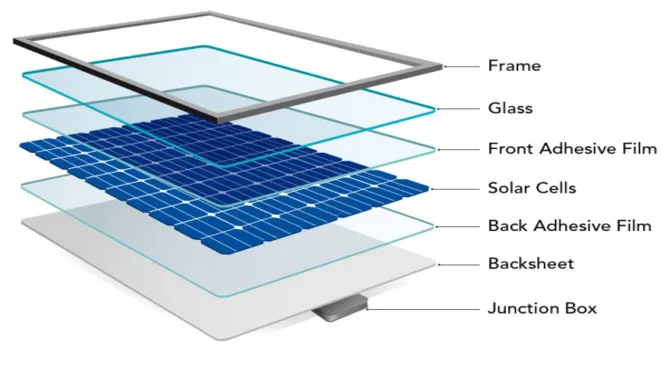
If you are interested in solar energy, now is the perfect time to learn all you can. We’ll explain solar panel production in detail, from the number of solar panels on a roof to how we convert solar energy into electricity.
So sit back and get ready to understand how solar energy works. First of all, solar panels work by converting the sun’s rays into electrical energy.
Flat or pitched roofs, for example, produce different amounts of electricity due to how they capture and use sunlight. Finally, solar energy provides power to homes and businesses worldwide. By following these simple steps, you’ll be on your way to understanding solar energy in a whole new way.
Step 1: Solar Panels Capture Solar Energy
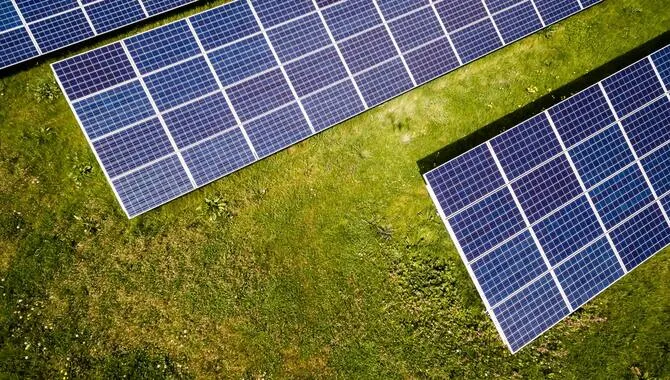
Solar energy is a renewable and environmentally-friendly energy source that can power things like lights and appliances in your home or business. Solar panels work by capturing solar energy and converting it into electricity.
We can then use this electricity to power things like lights and appliances. Before installing solar panels, it’s important to note that they do not require any major renovations – they need some exposure to sunlight! Once installed, solar energy can work to power your home or business for years to come.
Step 2: Solar Inverters Convert DC To AC
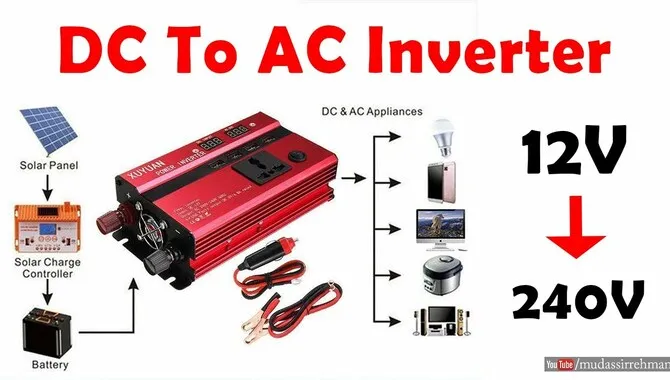
Solar energy is all around us, but most of it goes to waste. That’s where solar inverters come in – they help convert solar energy into usable electricity. Without an inverter, solar panels would produce useless DC electricity. So, what do solar inverters do? In a nutshell, they turn direct current (DC) into alternating current (AC).
- This AC can power things like your home’s lights, appliances, or phones. To harness the power of solar energy, you need a solar panel and an inverter.
- The solar panel captures sunlight and turns it into DC electricity. You can mount the solar panel on the roof or the wall of the house.
Step 3: Electrical Panel Distributes Electricity
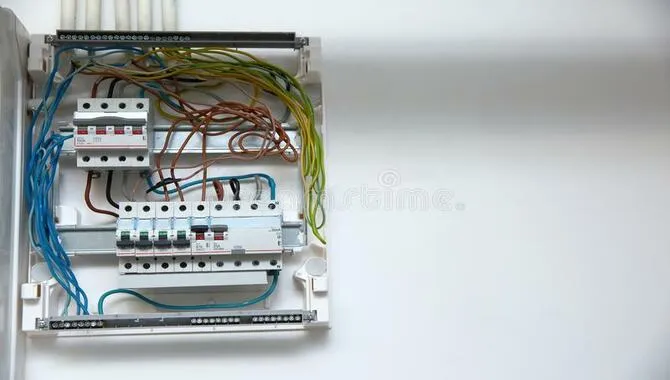
Solar energy works like this: solar panels collect the sun’s rays and turn them into electricity. This electricity is then sent to an electrical panel, which in turn sends it to your home or business.
- Solar installation has a few other benefits, such as reducing your carbon footprint! Solar panels work best in direct sunlight.
- And you can see solar energy’s effect on your electricity bill over time.
- Solar panels can also provide a small return on investment in tax credits and savings on utility bills. If you’re considering installing solar panels, consult with an expert to get the most out of your system.
Step 4: Electric Meter Records Consumption And Production
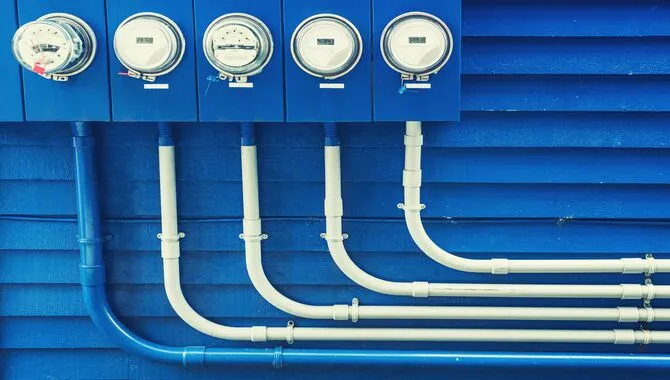
In the fourth and final step of solar energy, we’ll discuss how electric meter records consumption and production. When the sun shines on your solar panel, it converts the light into electric energy.
The electrical meter records the amount of electricity produced from the solar panel that day. To generate solar energy, you need sunlight and an electricity meter. This information is then sent to your utility company so they can bill you (and produce emissions reports).
Solar energy is a great way to reduce energy bills and help the environment. Solar energy is a renewable resource, so it’s always good to be conscious of your energy usage and have solar panels installed in your home or office to use solar energy.
Smart Meters And Net Metering

Solar energy is one of the cleanest and most renewable forms of energy available, but it can be tricky to use. That’s where smart meters come in – they help households understand their electricity usage and solar production.
Net metering is a great way to reduce your energy bill if you have installed solar panels on your property. This system allows homeowners to sell power back to the grid – this helps offset the costs associated with running an electrical grid.
Additionally, when solar energy is produced, the excess power gets stored in a battery which sends a signal to your electric meter, telling it to record consumption and production as usual. This way, you always know how much electricity you use at any given time.
Step 5: Batteries Store Excess Energy
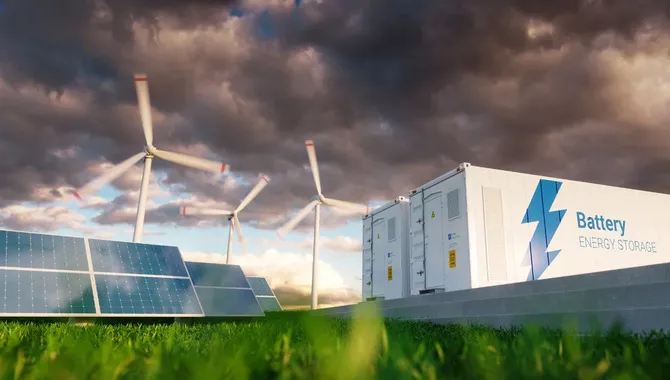
When solar energy is produced, it can store in a battery. Suppose there’s an unexpected power outage or you need extra electricity during the night. In that case, your batter can send a signal to your electric meter telling it to continue recording consumption and production as usual. This way you always have enough electricity when you need it.
Step 6: The Grid Creates Electricity
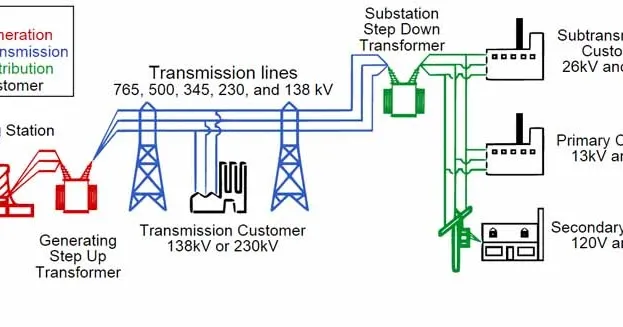
The grid sometimes needs electricity to recharge your battery when you produce solar energy. This is ‘grid integration. In some cases, solar power producers are paid for their electricity regardless of whether or not households or businesses use it.
That’s it. Following these simple steps, you can start using solar energy to power your home and reduce your energy bill.
Advantages Of Solar Energy
Solar energy has many great benefits when it’s used to power our homes and businesses. For starters, solar energy is environmentally friendly as it doesn’t involve combustion or emission of harmful gases.
This makes solar energy a desirable option for those looking to reduce their carbon footprint. Another great thing about solar power is that it has no downtime – you always have power when the sun’s out.
This is great news, especially if you’re a busy person who wants to be able to work, live, and power your appliances without any disruptions. If you’re looking to install a solar system in your home, many different types are available, depending on your needs and budget.
You can find systems for large commercial spaces, single-family dwellings, or small businesses. Solar power is cheaper than other forms of energy, like coal and natural gas. Solar panels can save you money in the long run because they last longer than other power sources.
Disadvantages Of Solar Energy
There are several disadvantages of solar energy that should take into account before deciding to switch over. Chief among these is that panels need direct sunlight to generate power. If there’s too much cloud cover, solar energy won’t reach the panel and will generate no electricity.
Furthermore, solar panels only work if they have light filtering through windows or clouds; otherwise, they’ll not work at all! As such, ensuring your home has enough lightning coverage is important so your photovoltaic system can operate effectively.
Let Solar Panels Work For You
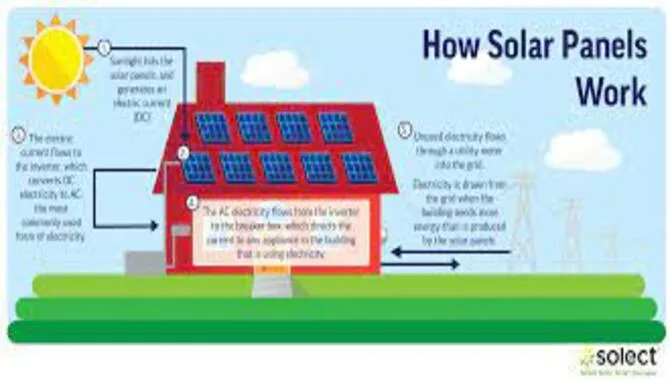
Solar energy is the power the sun provides us with – free of charge! Solar panels work by collecting solar energy during the day and using it at night to power homes and businesses. Panel collected solar energy during the day and used it at night to power homes and businesses.
Conclusion
Solar energy is a renewable energy source that can power homes, businesses, and appliances. This blog explains solar energy system components, production, and how solar panels produce electricity.
We also discussed how to get started with solar energy and answered some common questions. So, check out our website for more information if you want to power your home or office with solar energy.
Frequently Asked Questions
1. How Does Solar Energy Work?
Solar panels work to power devices with solar energy by capturing the sun’s rays and turning them into electric current. This current is used to power devices like lamps, fans, or appliances. The collected solar energy is stored in a photovoltaic battery, which converts sunlight into direct current electricity.
2. Why Is It Important To Have A Good Roofing System For Your Home Or Business?
A good roofing system protects your home from the elements and can improve energy efficiency by capturing and storing sunlight. Roofs typically last around 20 years, so it’s essential to ensure you have one installed when you buy or lease your property.
Many roofs work well with solar panels – metal, slate, tile, and membrane. Depending on the climate where you live, you may be able to find a solar installer near you who can help you choose the best option for your property.
3. What Is The Difference Between Solar Energy And Other Forms Of Energy?
Solar energy is the most environmentally friendly form because it doesn’t produce harmful byproducts. Solar panels convert sunlight into electrical energy that can then use to power devices or appliances. Solar energy is also very reliable and can be used to power homes, businesses, and even vehicles.
4. What Are Some Benefits Of Using Solar Energy To Power Homes And Businesses?
Solar energy is one of the most sustainable power sources out there. Its clean and emission-free nature makes it a preferred choice among environmentally conscious people. Solar panels can be placed anywhere – from roof to ground or underwater. As far as power generation goes, solar energy is no less than other forms of energy, such as oil, coal, and gas. What sets solar energy apart is that it does not require any fuel, making it an ideal renewable resource for eco-sensitive societies like ours.
5. What Is Solar Radiation?
Solar radiation is the energy that comes from the sun. It travels through the atmosphere, hits the earth’s surface, and is absorbed by plants and other living things.
The more solar radiation a plant or animal absorbs, the more heat it will produce. This heat then helps in accelerating photosynthesis – converting sunlight into food for plants.
Leave a Reply